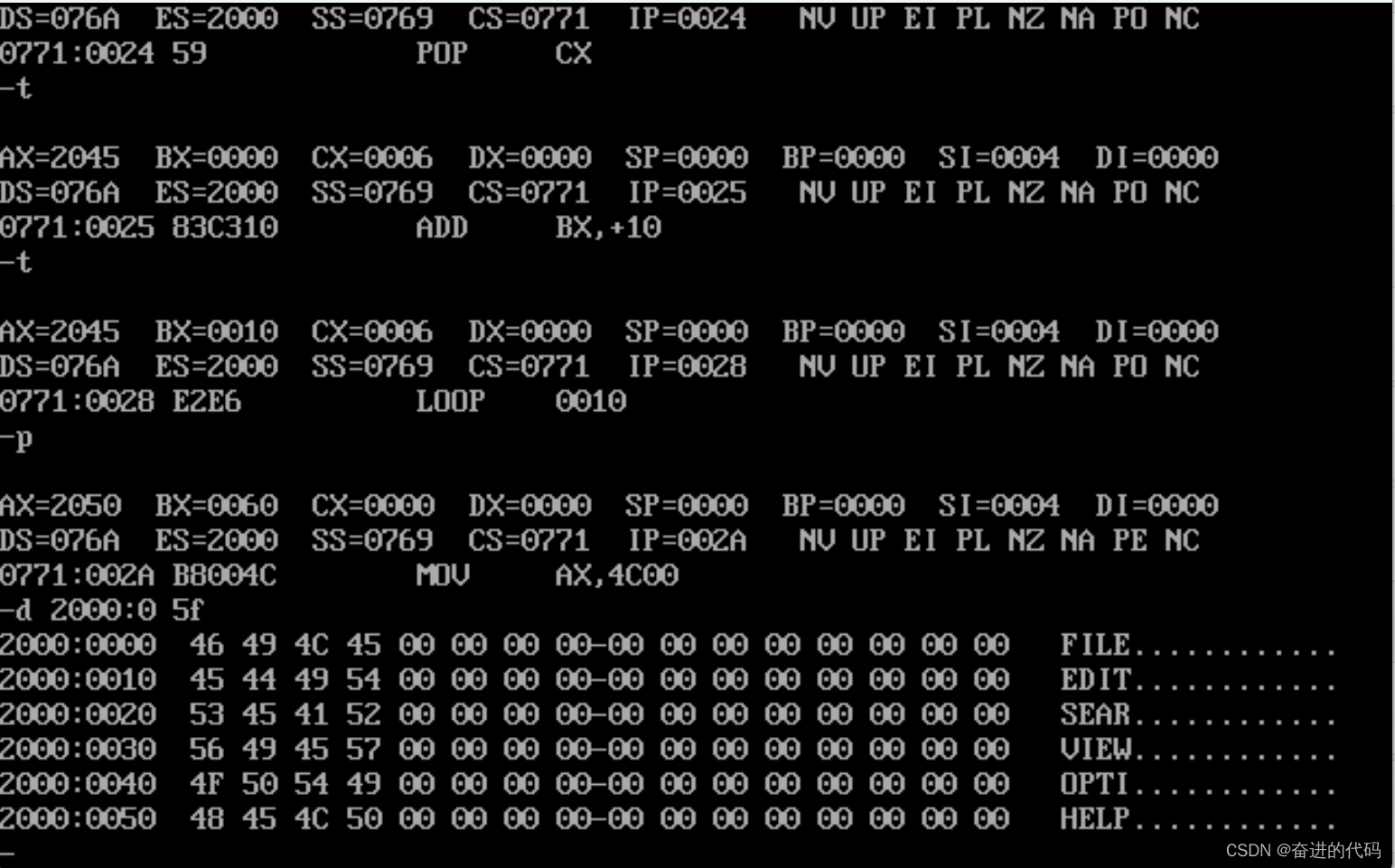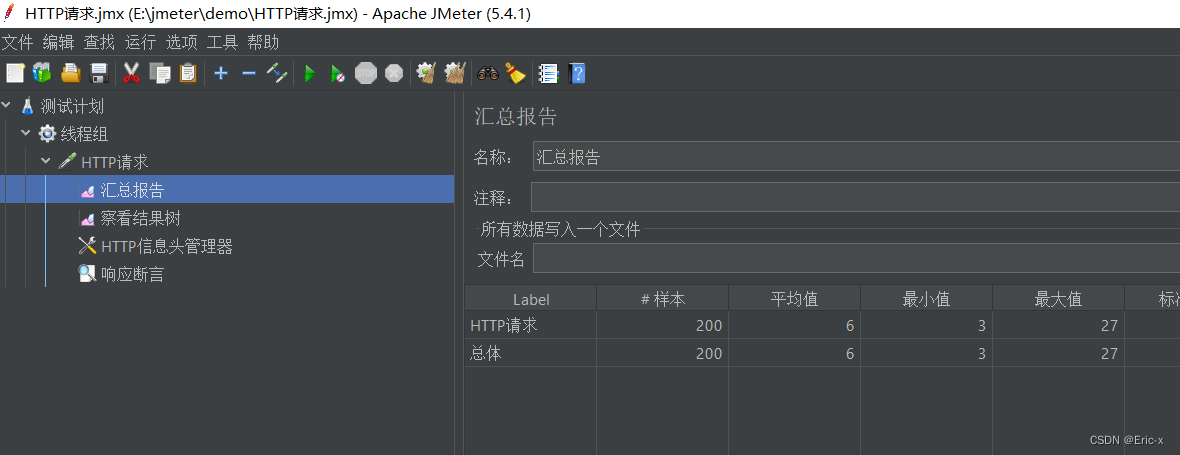首先 我们要引入一下对应的第三方依赖
npm install --save chinese-lunar-calendar sass sass-loader
这里 我们需要 chinese-lunar-calendar 将日期变成农历日期的工具
sass是因为 我这里为了方便 用了 sass写样式
组件代码如下
<template>
<header
class = "skeleton"
>
<div
class = "day"
v-for = "item in weeklySet"
:key = "item.id"
v-bind:class="{currentDate:item.id == currentWeek}"
>
<div class = "top">{{ item.label }}</div>
<div
class = "center"
>{{ item.date }}</div>
<div>{{ item.calendar }}</div>
</div>
</header>
</template>
<script>
import { getLunar } from 'chinese-lunar-calendar'
export default {
data() {
return {
monthComparison: {
1: 31,
2: null,
3: 31,
4: 30,
5: 31,
6: 30,
7: 31,
8: 31,
9: 30,
10: 31,
11: 30,
12: 31
},
weeklySet: [
{
id: 0,
date: null,
label: "周日",
calendar: ""
},
{
id: 1,
date: null,
label: "周一",
calendar: ""
},
{
id: 2,
date: null,
label: "周二",
calendar: ""
},
{
id: 3,
date: null,
label: "周三",
calendar: ""
},
{
id: 4,
date: null,
label: "周四",
calendar: ""
},
{
id: 5,
date: null,
label: "周五",
calendar: ""
},
{
id: 6,
date: null,
label: "周六",
calendar: ""
}
],
}
},
methods: {
enlargeDate(item ,currentWeek , agencyYear, currentMonth, referenceDate) {
let index = item.id;
let pendingDate = referenceDate;
let Month = currentMonth;
let year = agencyYear;
while(currentWeek > index){
if((pendingDate - 1) < 1) {
if(Month == 1) {
year -= 1;
Month = 12;
pendingDate = 31;
}else{
Month -= 1;
pendingDate = this.monthComparison[Month];
}
}else{
pendingDate -= 1;
}
index ++;
}
item.date = pendingDate;
item.calendar = this.getLunar(year,Month,pendingDate);
return item
},
shrinkDate(item ,currentWeek , agencyYear, currentMonth, referenceDate) {
let index = item.id;
let pendingDate = referenceDate;
let Month = currentMonth;
let year = agencyYear;
while(currentWeek < index){
if((pendingDate + 1) > this.monthComparison[Month]) {
if(Month == 12) {
year += 1;
Month = 1;
pendingDate = 1;
}else{
Month += 1;
pendingDate = 1;
}
}else{
pendingDate += 1;
}
index --;
}
item.date = pendingDate;
item.calendar = this.getLunar(year,Month,pendingDate);
return item
},
getLunar(agencyYear,currentMonth,referenceDate) {
let data = getLunar(agencyYear, currentMonth, referenceDate);
return data.dateStr.split('月')[1]?data.dateStr.split('月')[1]:data.dateStr.split('月')[0]
},
ConversionDate(date) {
const agencyYear = date.getFullYear();
const referenceDate = date.getDate();
const currentWeek = date.getDay();
const currentMonth = date.getMonth() + 1;
this.weeklySet = this.weeklySet.map(item => {
if(item.id > currentWeek) {
item = this.shrinkDate(item ,currentWeek , agencyYear, currentMonth, referenceDate);
}
if(item.id < currentWeek) {
item = this.enlargeDate(item ,currentWeek , agencyYear, currentMonth, referenceDate);
}
return item
})
console.log(this.weeklySet);
},
getAweekago(condition){
const date = condition?new Date(condition):new Date();
const agencyYear = date.getFullYear();
const referenceDate = date.getDate();
const currentWeek = date.getDay();
const currentMonth = date.getMonth() + 1;
this.monthComparison[2] = this.backDay(agencyYear);
this.weeklySet[currentWeek].date = referenceDate;
this.weeklySet[currentWeek].calendar = this.getLunar(agencyYear,currentMonth,referenceDate);
this.currentWeek = currentWeek;
this.ConversionDate(date);
},
backDay(year) {
return ((year % 4 == 0 && year % 100 != 0) || year % 400 == 0)?29:28;
}
},
created() {
this.getAweekago();
}
}
</script>
<style lang='scss' scoped>
.skeleton {
padding-left: 76px;
width: calc(100% - 76px);
height: 112px;
display: flex;
.day{
flex: 1;
display: flex;
flex-direction:column;
font-size: 14px;
div{
display: flex;
justify-content: center;
}
.top{
padding-top: 12px;
}
.center{
height: 28px;
width: 28px;
display: flex;
justify-content: center;
align-items: center;
margin: 6px auto;
border-radius: 50%;
}
}.currentDate{
color: #21B1FF;
.center{
color: #FFFFFF;
background: #21B1FF;
}
}
}
</style>
感兴趣的朋友可以拿出做个二开什么的
效果如下

跨年跨月这些我都是写了判断的
例如 我们将created 代码修改如下
created() {
this.getAweekago("2020-12-29");
}

改为 2020-01-01

大家都可以自己那个来玩一玩 自认为还是可以去做一个拓展的
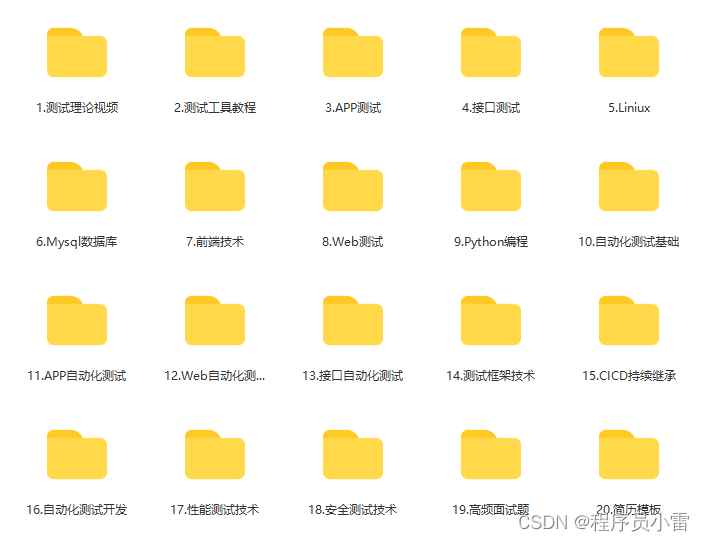


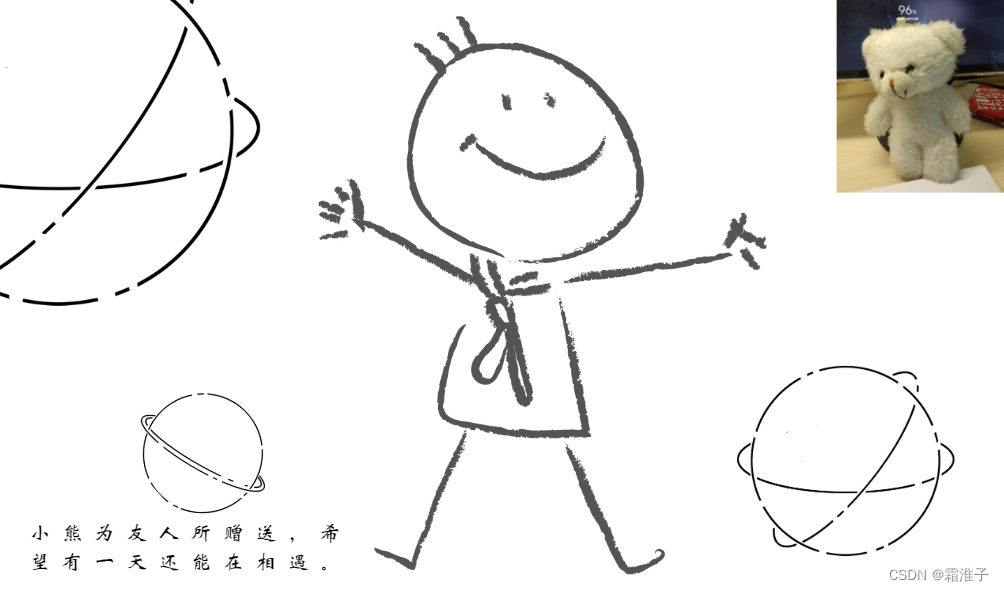

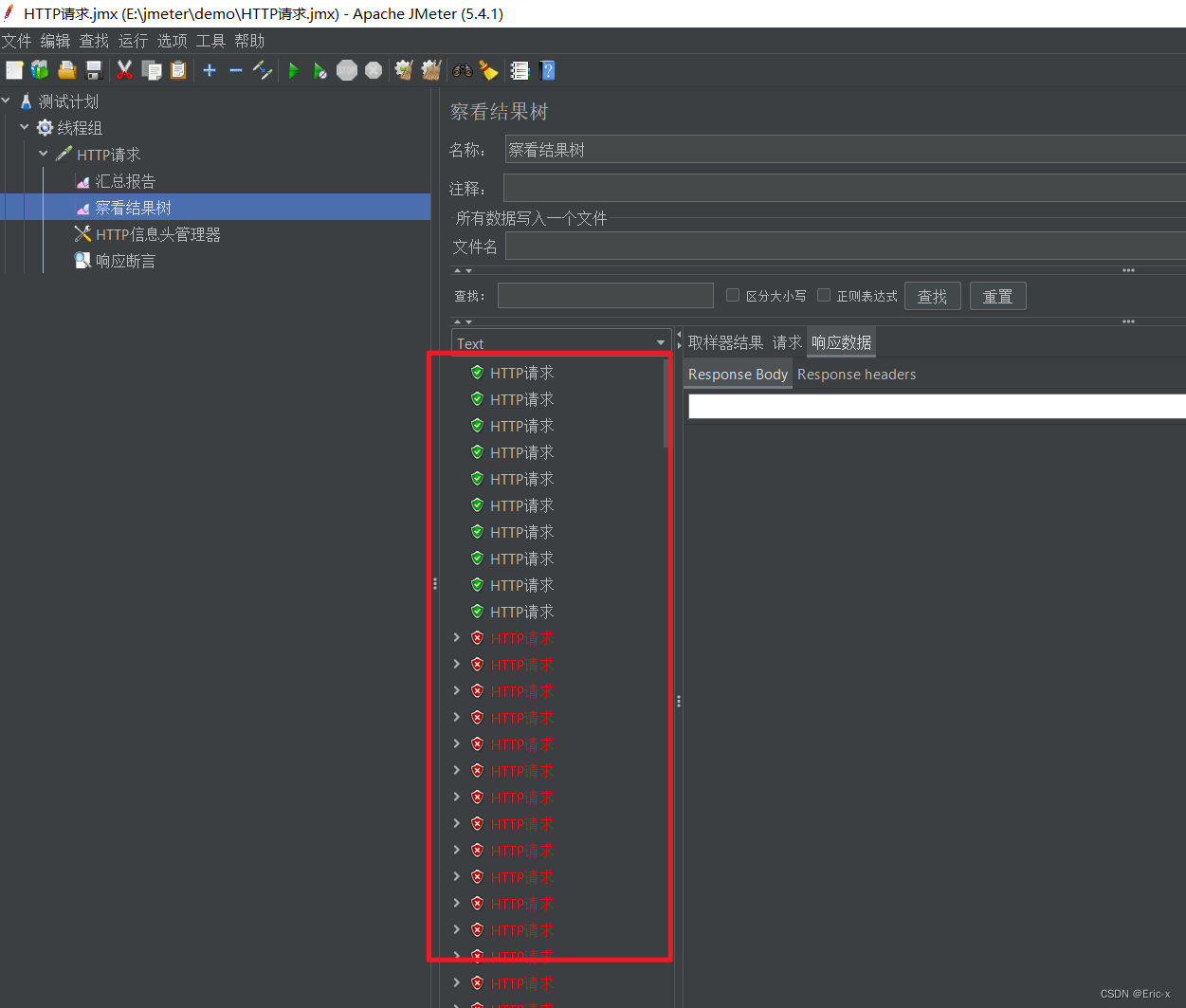


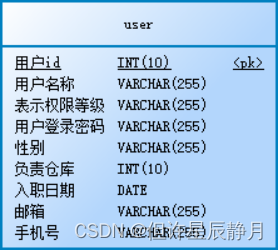

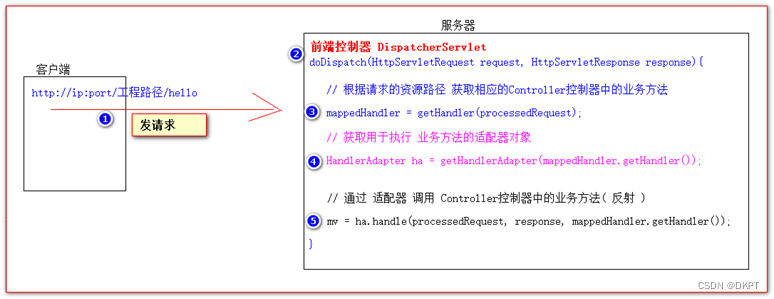
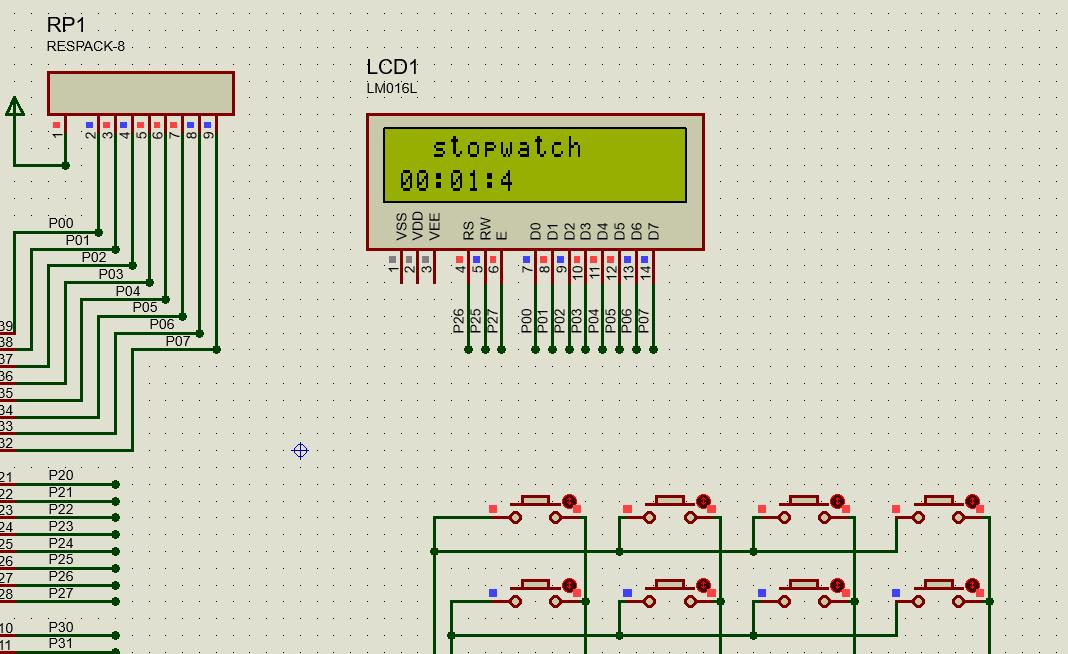
![[链表OJ题 7] 环形链表](https://img-blog.csdnimg.cn/img_convert/760fde69be2841adc9f35967fbb6e9ad.png)
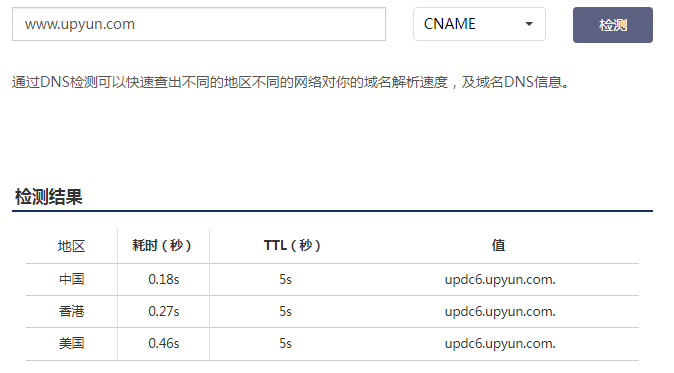

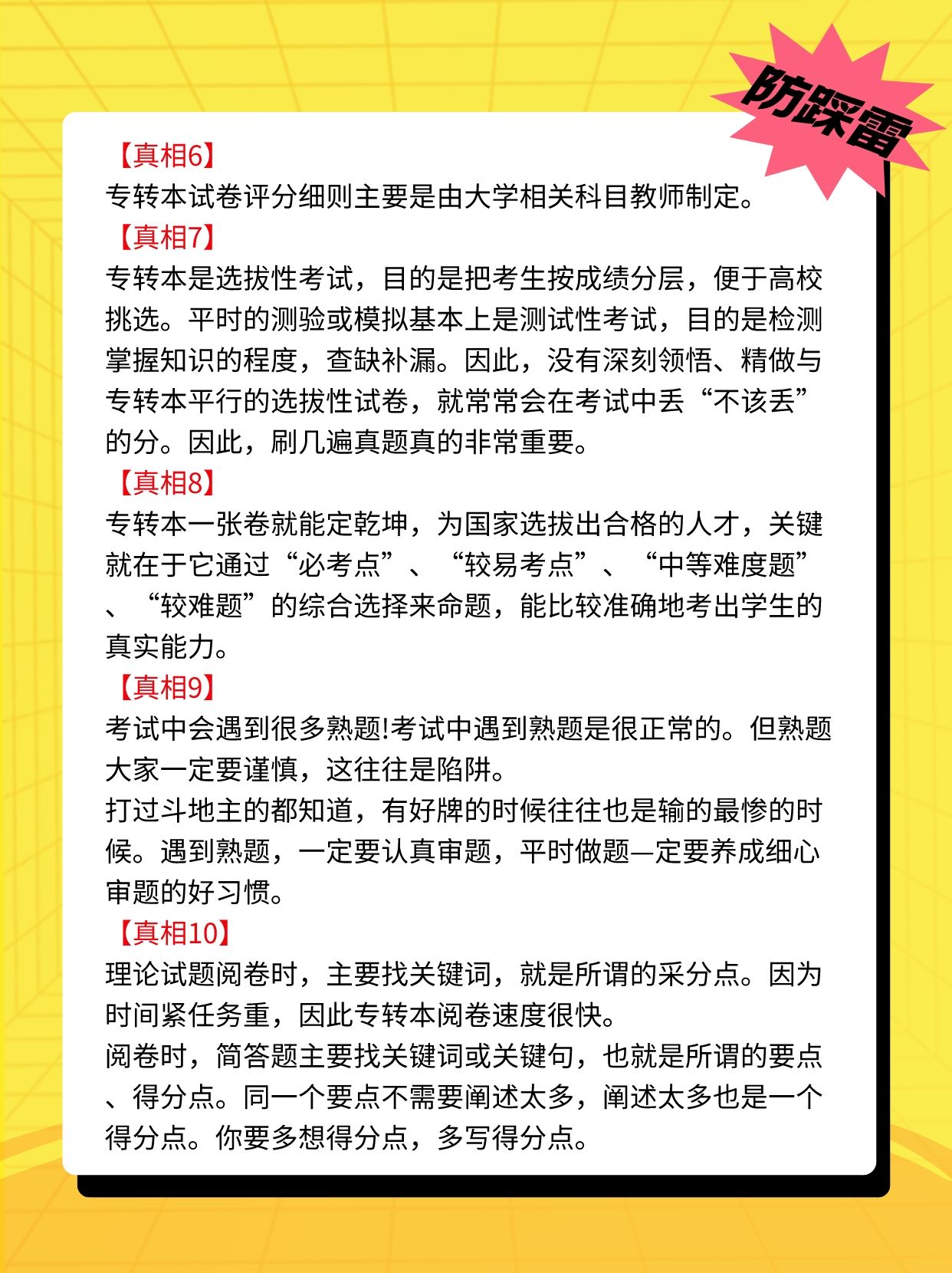

![[网络安全]DVWA之XSS(Stored)攻击姿势及解题详析合集](https://img-blog.csdnimg.cn/bffa6337b41a438594b3ee989f5692ec.png#pic_center)
